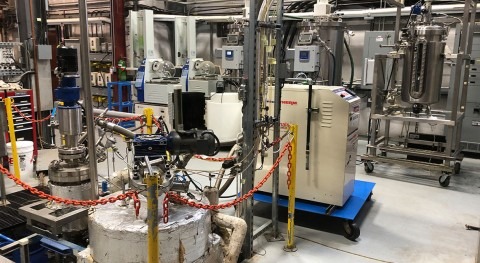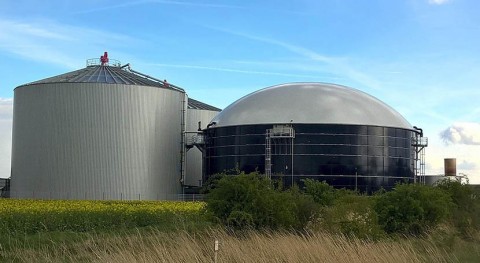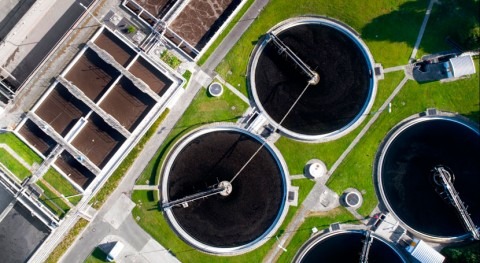How to get electricity from a sewage treatment plant?

Wastewater treatment plants (WWTPs) have evolved beyond merely processing waste; they are now capable of generating electricity, contributing to sustainable energy solutions. This process involves harnessing the potential of biogas, a byproduct of sewage treatment, and converting it into usable energy. The integration of energy generation within WWTPs represents a significant step towards environmental sustainability and energy efficiency.
1 . Biogas Production
Biogas, primarily composed of methane, is produced during the anaerobic digestion of sewage sludge. In this process, organic matter in wastewater is broken down by bacteria in the absence of oxygen, resulting in the release of methane-rich biogas.
2 . Electricity Generation from Biogas
The captured biogas can be used as fuel for generators or turbines to produce electricity. This electricity can power the WWTPs themselves, reducing their reliance on external power sources, or can be fed into the public grid, contributing to the overall energy supply.
3 . Advancements in Technology
Modern WWTPs are increasingly incorporating advanced technologies to optimize biogas production and electricity generation. These include improvements in anaerobic digestion processes, biogas cleaning and upgrading systems, and efficient energy conversion methods.
4 . Environmental and Economic Benefits
Generating electricity from WWTPs offers significant environmental benefits, such as reducing greenhouse gas emissions and promoting renewable energy use. Economically, it can lead to cost savings for wastewater treatment facilities and create potential revenue streams.
5 . Conclusion
The generation of electricity from wastewater treatment plants is an innovative approach that enhances the sustainability of wastewater management. It not only addresses waste disposal but also contributes to renewable energy generation, demonstrating a successful model of energy recovery and environmental stewardship.




